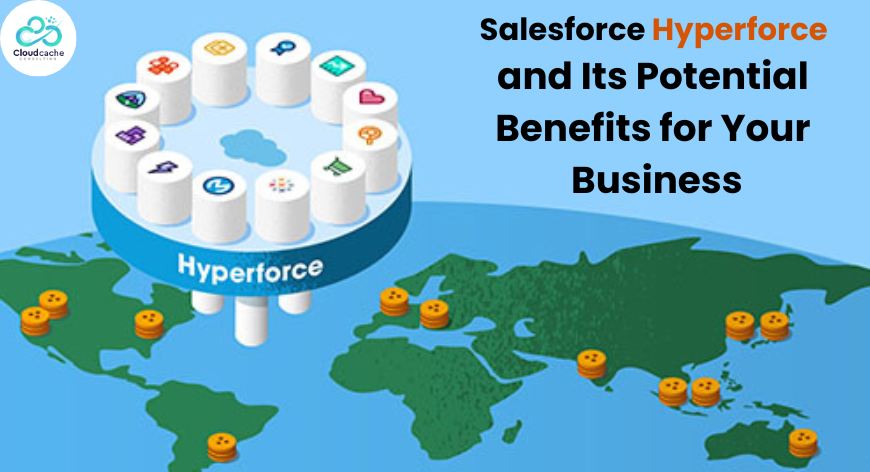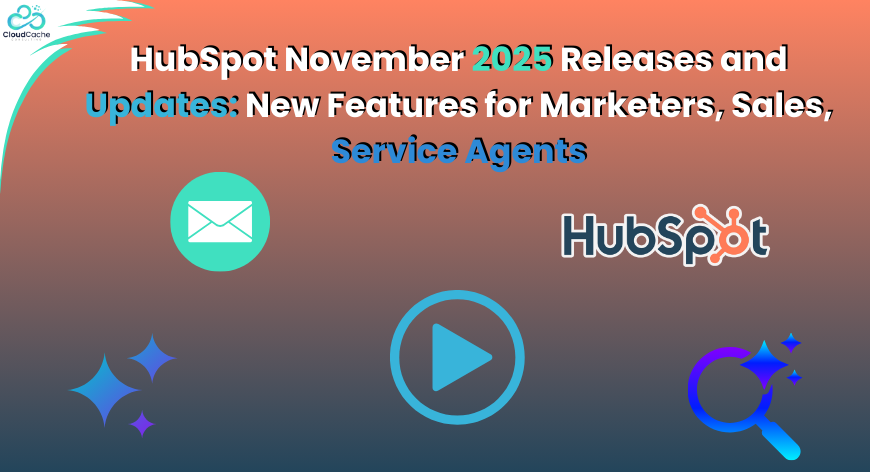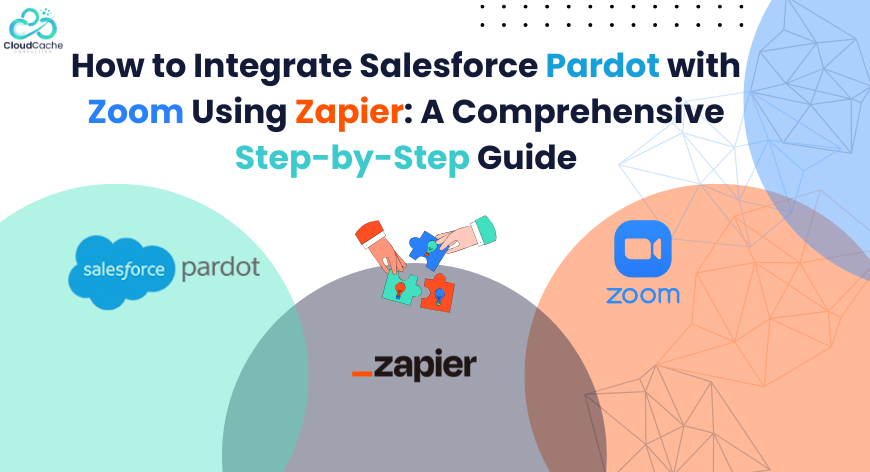
Salesforce Hyperforce and Its Potential Benefits for Your Business
Ever since its establishment, Salesforce has maintained a strong dedication to ensuring top-notch security and performance for its valued customers. As a pioneer in cloud-based software, Salesforce has continuously thrived alongside technological advancements and the increasing demands of its ever-expanding customer base. Over the course of more than two decades, Salesforce has diligently stored data from numerous companies in its own data centers. However, the capacity of these data centers has gradually become insufficient to meet the growing requirements.
In today's competitive market, every company recognizes the necessity of undergoing a digital transformation. The need for automation is rapidly emerging, and Salesforce has made it a priority to promptly satisfy its customers' demands. Recognizing the immense potential of the public cloud, Salesforce determined it to be the most effective means to support the rapid business growth of its clients. Consequently, in December 2020, Salesforce introduced Hyperforce, a public cloud architecture that has enabled them to expand into new geographic locations and cater to a broader clientele.
What is Salesforce Hyperforce?
Salesforce Hyperforce is an upgraded infrastructure architecture introduced by Salesforce, centered around leveraging public cloud services. Its primary objective is to provide customers with a robust and highly scalable platform. Under this new framework, Salesforce relinquishes the management of physical resources, retaining control over essential components such as the platform, clouds, applications, and functionalities.
By adopting this approach, Salesforce can concentrate its efforts on innovating and enhancing its products. It empowers the company to expand its range of services, refine its offerings, and ultimately deliver greater customer satisfaction on a global scale.
Hyperforce has been meticulously crafted, drawing upon Salesforce's extensive 20 year experience and the implementation of best development practices. As a result, Salesforce Customer 360 has undergone a complete overhaul and now operates on a revamped architecture platform that offers enhanced flexibility, scalability, and efficiency. This evolution allows for the seamless availability of various solutions, including Sales Cloud, Service Cloud, Marketing Cloud, Commerce Cloud, Industries, and many more, through the world's leading public clouds.
The migration to this new architecture within your current Salesforce organization comes at no additional cost, providing you with the opportunity to leverage the advantages it brings. In the following sections, we will delve into the details of these benefits to provide you with valuable insights.
Key Benefits of Migrating to Salesforce Hyperforce
Enhanced Compliance: With Salesforce Hyperforce, you gain the flexibility to choose the region where your organization is located, ensuring compliance with regional laws and regulations. By selecting a region close to your operations, you can simplify adherence to industry regulations and government legislation related to data management. It's important to note that while you can choose the location, the public cloud provider may not be selectable, and certain applications may have regional limitations.
Scalability and Infrastructure: Salesforce Hyperforce guarantees that the infrastructure required to scale your business quickly will always be available. Public cloud providers supporting Hyperforce ensure sustainable scalability and commit to utilizing 100% renewable energy sources. They also strive for net zero carbon emissions across their operations, aligning with Salesforce's environmental commitment.
Enhanced Data Security: Hyperforce employs a robust security architecture, implementing principles such as least privilege, zero trust, and data encryption. Least privilege ensures that users have minimal access necessary for their roles, while zero trust assumes potential threats from both external and internal sources. Data encryption safeguards data at rest and in transit, providing comprehensive protection.
Privacy Control: Hyperforce prioritizes compliance with privacy standards and regulations associated with cloud computing. Cloud service providers adhere to necessary procedures and controls to meet legal obligations for processing private data. The architecture ensures transparency regarding data collection and usage, offering reassurance for the privacy of your data and that of your customers.
Agile Development and Performance: Hyperforce eliminates resource-related challenges and promotes agile software development. Traditional instances shared resources among multiple organizations, potentially causing migrations and impacting performance. With Hyperforce, instances dynamically allocate resources as per requirements, preventing disruptions and enabling seamless development, updates, and testing. Native integration with public cloud services like AWS further enhances these benefits.
Improved Service Performance: Locating organizations closer to their business operations reduces data center-to-user distance, subsequently reducing latency and enhancing service performance. Hyperforce's architecture leverages this proximity advantage, ensuring optimal service delivery and user experience.
We hope this overview of Hyperforce and its benefits has provided valuable insights. If you seek more information on this subject, please feel free to reach out to us.











Leave a Reply
Your email address will not be published.